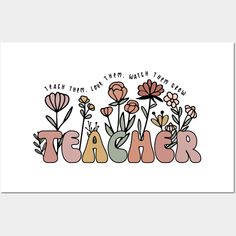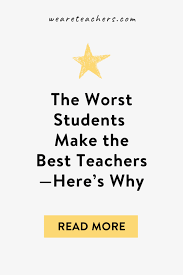Introduction:
Teaching, one of the noblest professions, comes with its fair share of challenges. With an ever-growing workload, it’s not uncommon for educators to find themselves seeking shortcuts to lighten their load. In a moment of honesty, several teachers have opened up about the ways they’ve cut corners in their classrooms. While not something to be proud of, these confessions can offer insights into the current state of education and perhaps spark conversations on improving teacher support systems.
1. Copying Lesson Plans from Colleagues and Online Sources
An age-old practice among educators is borrowing lesson plans from their peers or online resources. While it’s essential for teachers to customize lesson plans to suit their students’ needs, time constraints often lead to reliance on pre-made materials, making room for irrelevant content and missed opportunities for unique lessons tailored specifically to each class.
2. Sacrificing Subjects
Teachers might choose to sacrifice depth in certain subjects in order to dedicate more time to priority areas like math and language arts. This often results in less thorough teaching of subjects like history or science, depriving students of a well-rounded education.
3. Skimming Over Topics
Some educators admit they’ve skimmed over certain topics they’re not comfortable teaching or find less relevant to their students’ lives. This approach may save time, but it ultimately neglects essential aspects of the curriculum and sacrifices students’ understanding.
4. Skipping Homework Checks
Sorting through piles of homework assignments can be daunting for any teacher. Some educators confess that they occasionally skip checking homework altogether or simply glance at papers without thoroughly evaluating them.
5. Relying on Technology as a Crutch
While technology has transformed modern education significantly, some teachers lean too heavily on these tools as a means for cutting corners. Overusing educational apps and videos might keep students engaged momentarily but reduces their ability to engage in more genuine, hands-on learning experiences.
6. Giving Busy Work
In efforts to fill classroom time, teachers may assign “busy work” that does not contribute to the students’ overall understanding of the subject matter. Such assignments provide little value and can lead to student disinterest in learning.
Conclusion:
The confessions of teachers cutting corners in their classrooms reveal the stark reality of an overwhelmed profession. It’s crucial to critically assess current educational systems and provide better support to our educators, ensuring a quality education for all students. By offering resources, appropriate training, and emotional support, we can help reduce the temptation for teachers to cut corners and create a more nurturing environment for both students and educators alike.











